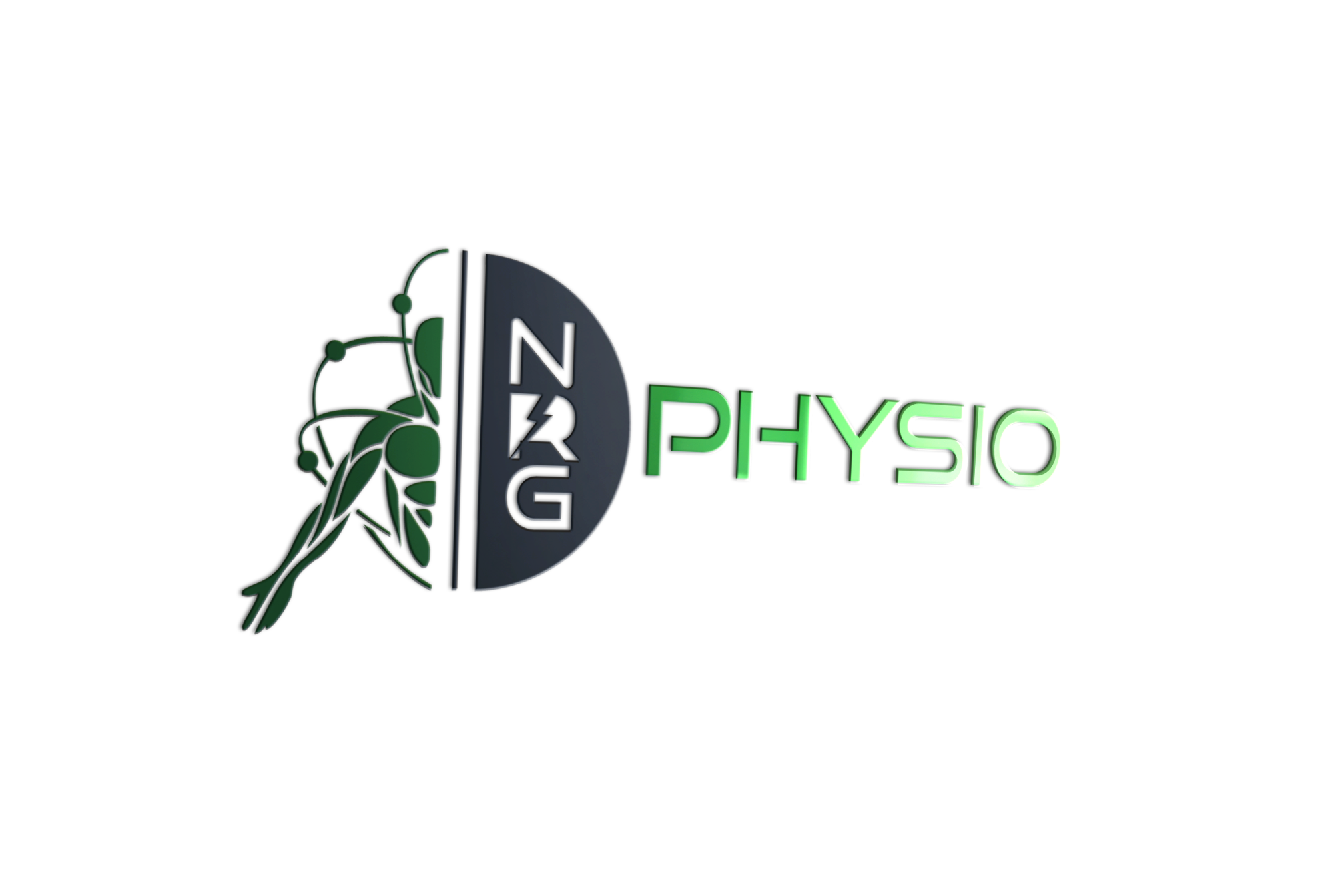Early Diagnostic Imaging: Case Study

Taking a solid history, moving methodically through functional movement testing and special tests are what drive an accurate diagnosis. Diagnosis drives an accurate treatment. And accurate treatment drives best patient results and outcomes. When diagnosis is left up to imaging of anatomy alone, because of early diagnostic imaging, it is easy to come up with the wrong diagnosis. Early diagnostic imaging without history, corresponding pain patterns, and functional clinical presentation is worthless. You might as well look up a random joint picture online.
Early diagnostic imaging begs this question:
If you have an incorrect diagnosis, can you correctly treat the problem?
In this case study, a young athlete was diagnosed with an unstable shoulder (a shoulder that has too much motion in the joint) based on anatomy alone from an MRI. His MRI results were actually negative. When I say negative I mean there were no abnormal findings on this MRI whatsoever. So how was the diagnosis made if there were no abnormal findings? That is a good question!
For 3 years this young athlete has been dealing with pain and popping in his shoulder believing that it is because his shoulder is unstable and moves too much. At some point in the last 3 years he has done some kind of treatment for this “instability” and still has the same symptoms as he did right after the initial injury. After some basic joint motion and total motion testing it turns out this athlete has a really stiff shoulder that actually can not move enough. Check it out:
Part 2 we will talk about the difference between true instability and functional instability!
Want to chat with NRG Physio about some imaging you have had or pain you have been dealing with? Click here to schedule.








Recent Comments